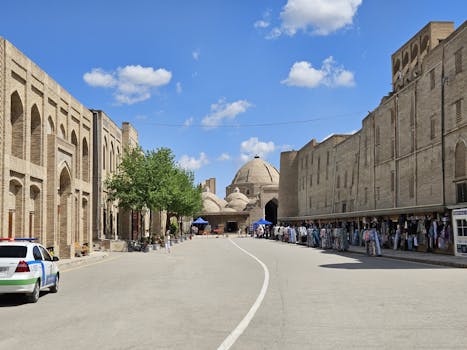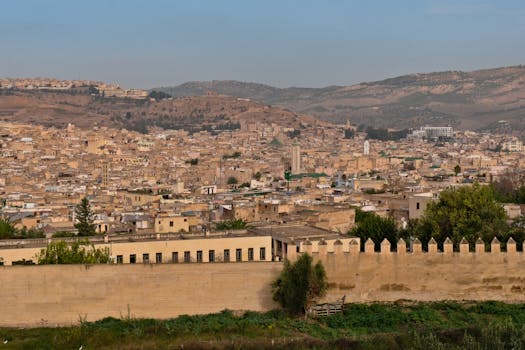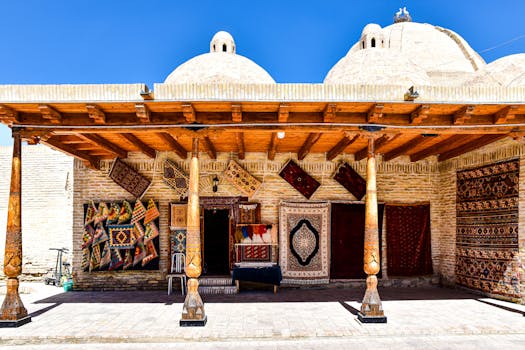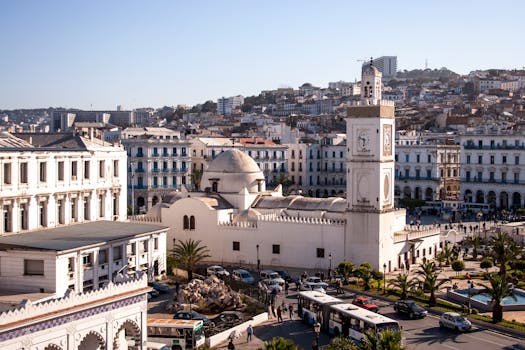
Introduction

Souks echo ancient stories, serving as vibrant marketplaces that have thrived for centuries. These bustling hubs are not just places for commerce; they are living museums of culture, tradition, and history.
The History of Souks

Souks, or traditional markets, have been part of Middle Eastern and North African culture for millennia. They originated as gathering places for traders and merchants, where goods from various regions were exchanged. Over time, these marketplaces evolved into vibrant social and cultural centers, reflecting the history and heritage of the communities they serve.
Architecture and Layout

The architecture of souks is as rich as their history. Narrow alleys, vibrant colors, and intricate designs characterize these spaces. Each souk often specializes in specific goods, such as spices, textiles, or handicrafts, creating a sensory overload of sights and smells that transport visitors back in time.
Cultural Significance

Souks are more than just places to shop; they are integral to the cultural identity of the region. They host festivals, events, and gatherings that celebrate local traditions and customs. This cultural significance makes souks a must-visit for anyone wanting to experience the essence of local life.
Visiting Souks Today

When visiting souks, it’s essential to immerse yourself fully in the experience. Engage with local artisans, try traditional foods, and practice your bargaining skills. Each interaction adds a chapter to your own story, echoing the ancient tales that surround you.
Takeaways

- Souks are living representations of history and culture.
- Each visit offers a chance to connect with local traditions.
- Engaging with artisans enhances the marketplace experience.
Conclusion

Souks echo ancient stories, inviting you to explore their vibrant history and culture. As you wander through these enchanting marketplaces, take a moment to appreciate the tales they tell and the memories they hold.






